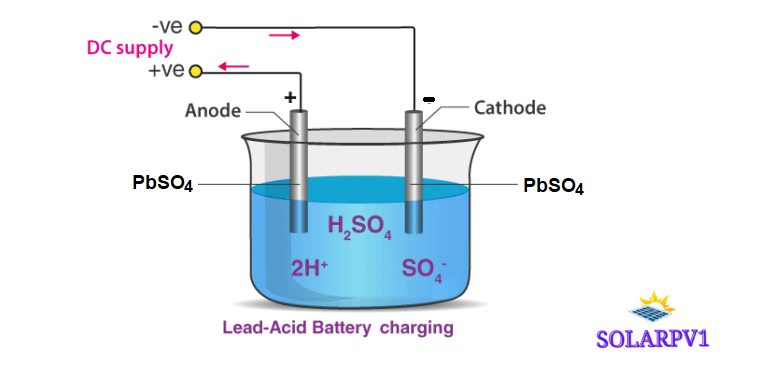Introduction to Types of Battery in Energy Storage Systems (BESS)
Battery Energy Storage Systems (BESS) represent a transformative advancement in the realm of energy management. These systems utilize batteries to capture and store energy for later use, making them essential tools for enhancing energy efficiency and reliability within modern grids. BESS play a significant role in integrating renewable energy sources, such as solar and wind, which are inherently intermittent. By storing excess energy generated during peak production times, BESS can release that stored energy during periods of high demand or when renewable generation dips, thus providing a seamless supply of power.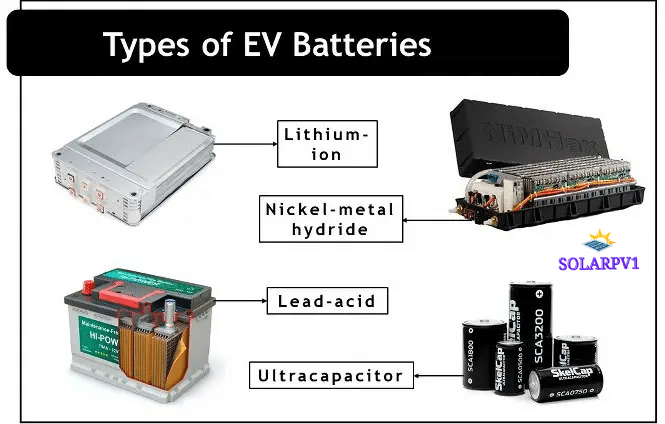
Recent trends in the development of Battery Energy Storage Systems highlight the rapid evolution of technology in this sector. Advances in battery chemistry, such as lithium-ion and flow batteries, have driven improvements in energy density, efficiency, and lifecycle. Additionally, innovations in system integration and management software enable more intelligent energy usage, maximizing the benefits provided by BESS. As these technologies continue to mature, they pave the way for more widespread adoption, helping society transition to cleaner and more resilient energy infrastructures.
Lithium-Ion Battery Systems
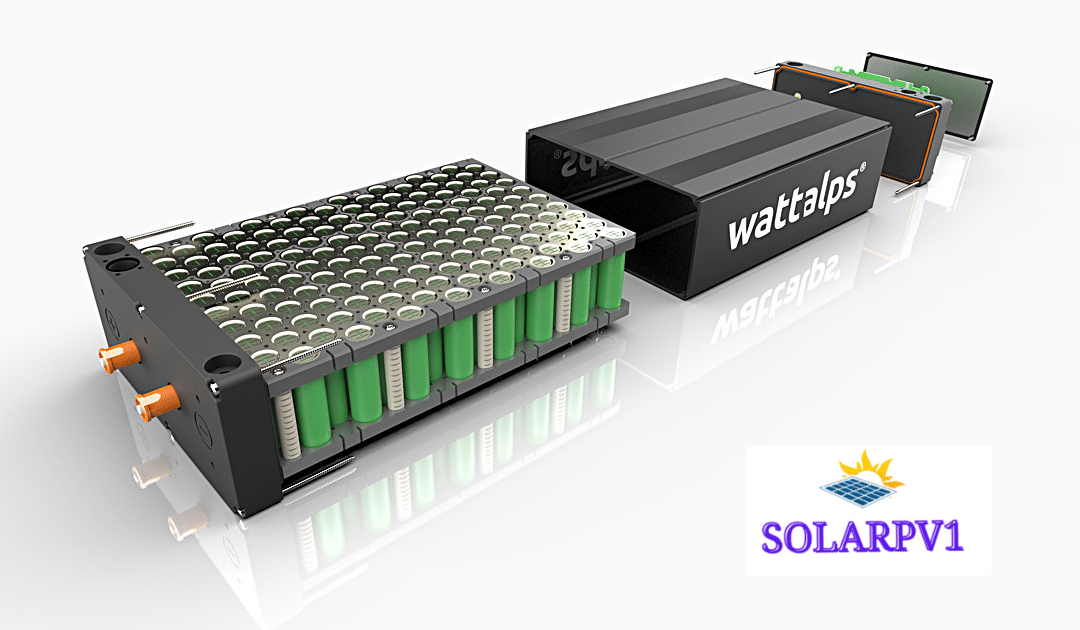
Lithium-ion battery systems have emerged as a leading solution within the realm of Battery Energy Storage Systems (BESS). These systems function based on the movement of lithium ions between the anode and cathode during discharge and charge cycles. Typically composed of a lithium compound as the cathode and a form of carbon as the anode, they are recognized for offering high energy density. This quality makes them particularly effective for a variety of applications, from powering portable electronics to serving as substantial energy storage in electric vehicles and renewable energy projects.
One of the key advantages of lithium-ion battery systems is their high efficiency, with the ability to convert a significant portion of stored energy into usable power. Moreover, their relatively lightweight composition contributes to their suitability for both residential systems and large-scale utility applications. This versatility means that lithium-ion batteries are currently instrumental in stabilizing the grid, enhancing renewable energy utilization, and enabling smart home technologies.
Despite their numerous benefits, several challenges exist that necessitate attention. Safety concerns, particularly those arising from thermal runaway and fire hazards, underscore the need for enhanced design and management protocols. Lifecycle management also poses significant challenges, as the environmental impact of battery disposal and recycling is increasingly scrutinized in the context of sustainability goals. Furthermore, the manufacturing costs associated with lithium-ion technology can be a barrier to wider adoption, prompting ongoing research and development focused on improving cost-effectiveness.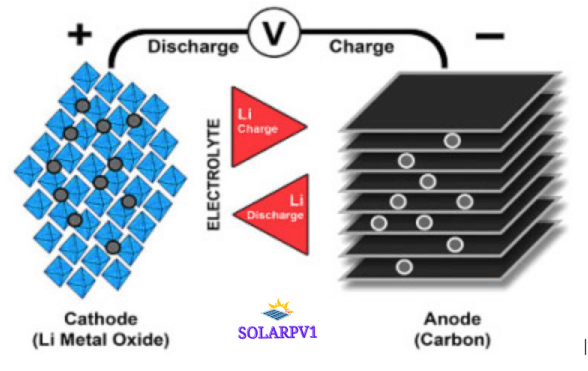
Lead-Acid Battery Systems
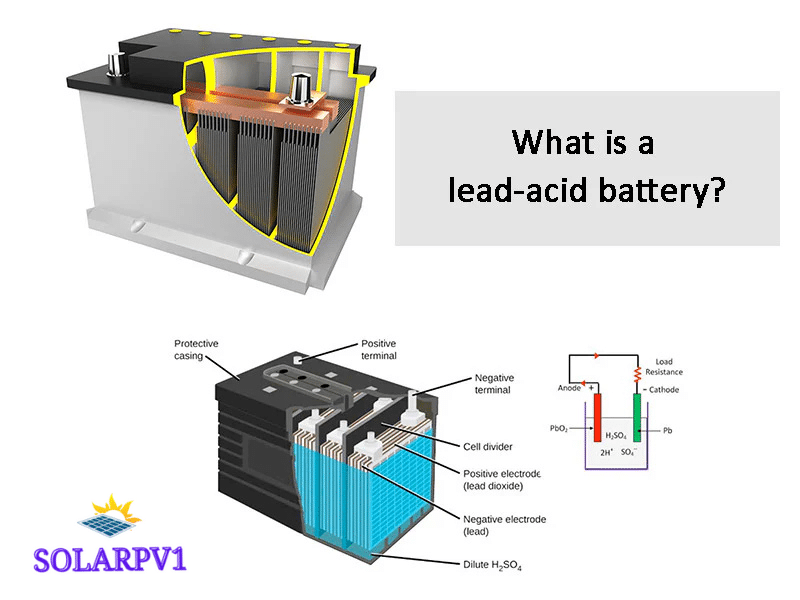
Lead-acid battery systems represent one of the oldest and most widely used technologies in energy storage. Their reliability and proven performance have made them a staple in various applications, including backup power solutions and off-grid energy systems. This technology encompasses several types of batteries, such as flooded, sealed, and absorbent glass mat (AGM) batteries, each designed for specific operational requirements.
Flooded lead-acid batteries are the traditional design, featuring a liquid electrolyte that allows for easy maintenance and the ability to deliver high current, making them well-suited for applications like automotive and large-scale energy storage systems. In contrast, sealed lead-acid batteries, including gel and AGM types, offer more convenience as they are maintenance-free and can be installed in various orientations, making them preferable for consumer electronics and small backup systems.
Operational characteristics of lead-acid systems generally include lower energy density and limited cycle life compared to more modern technologies like lithium-ion batteries. Typically, lead-acid batteries can deliver reliable performance for up to 500-800 charge cycles, depending on use and maintenance conditions. However, their initial lower cost makes them an attractive option for many users, particularly for applications where upfront investment is a crucial factor.
Lead-acid batteries excel in backup power applications, providing essential energy storage in critical scenarios such as uninterruptible power supply (UPS) systems, telecommunications, and renewable energy integration. Despite their limited lifespan and energy density, their ability to deliver high power outputs makes them suitable for short-term applications and surge demands. In conclusion, while newer technologies may offer advantages, lead-acid battery systems remain a viable option for numerous applications due to their established reliability and affordability.
Emerging Technologies in Battery Energy Storage Systems
The landscape of Battery Energy Storage Systems (BESS) is rapidly evolving, characterized by the emergence of innovative technologies that promise to enhance energy storage efficiency and sustainability. Among these promising systems are flow batteries, sodium-ion batteries, and solid-state batteries. Each of these technologies operates on unique principles and offers distinct advantages over traditional lithium-ion batteries.
Flow batteries function by storing energy in liquid electrolytes, which can be circulated through the system to generate electricity. This design allows for scalable energy storage solutions, making them particularly suited for large-scale renewable energy applications. Their long cycle life and the ability to decouple energy and power capacity differentiate them in the market, especially for grid stabilization and load shifting.
Sodium-ion batteries emerge as a compelling alternative, leveraging sodium resources that are abundant and less expensive compared to lithium. These batteries operate similarly to lithium-ion systems but have the potential to offer lower costs and enhanced safety. Current developments are focused on improving the energy density and cycle life to make sodium-ion batteries viable for commercial applications, including electric vehicles and large-scale energy storage.
Solid-state batteries present another groundbreaking technology in the BESS arena. By utilizing solid electrolytes instead of liquid ones, these batteries can offer significant improvements in energy density, safety, and durability. Advances in materials science are driving research efforts to overcome challenges related to manufacturing and scalability. Applications of solid-state batteries extend beyond traditional automotive uses to include portable electronics and grid-scale storage solutions.
While these emerging technologies hold promise, their environmental impacts warrant consideration. The lifecycle assessment of materials, recyclability, and energy efficiency will play crucial roles in determining their sustainability compared to existing BESS technologies. By addressing these factors, the next generation of battery systems can contribute to a more sustainable energy future.
